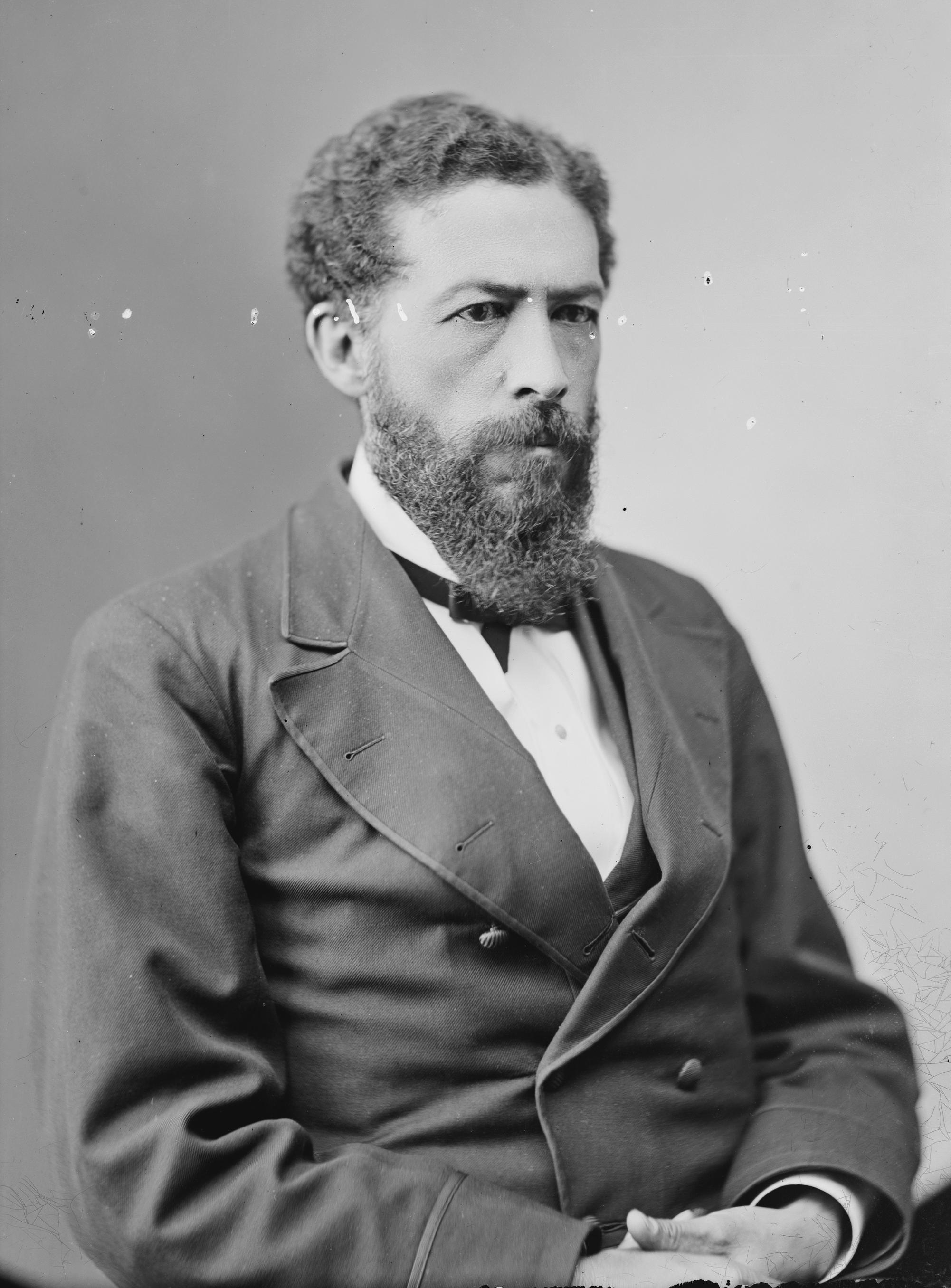Construction and initial validation of the Multiracial Experiences Measure (MEM)Posted in Articles, Identity Development/Psychology, Media Archive, United States on 2016-04-01 00:36Z by Steven |
Construction and initial validation of the Multiracial Experiences Measure (MEM)
Journal of Counseling Psychology
Volume 63, Issue 2, March 2016
pages 198-209
DOI: 10.1037/cou0000117
Hyung Chol Yoo, Associate Professor of Asian Pacific American Studies
Arizona State University
Kelly F. Jackson, Associate Professor of Social Work
Arizona State University, Phoenix
Rudy P. Guevarra Jr., Asian Pacific American Studies
Arizona State University, Tempe
Matthew J. Miller
Blair Harrington
This article describes the development and validation of the Multiracial Experiences Measure (MEM): a new measure that assesses uniquely racialized risks and resiliencies experienced by individuals of mixed racial heritage. Across 2 studies, there was evidence for the validation of the 25-item MEM with 5 subscales including Shifting Expressions, Perceived Racial Ambiguity, Creating Third Space, Multicultural Engagement, and Multiracial Discrimination. The 5-subscale structure of the MEM was supported by a combination of exploratory and confirmatory factor analyses. Evidence of criterion-related validity was partially supported with MEM subscales correlating with measures of racial diversity in one’s social network, color-blind racial attitude, psychological distress, and identity conflict. Evidence of discriminant validity was supported with MEM subscales not correlating with impression management. Implications for future research and suggestions for utilization of the MEM in clinical practice with multiracial adults are discussed.
Read or purchase the article here.


